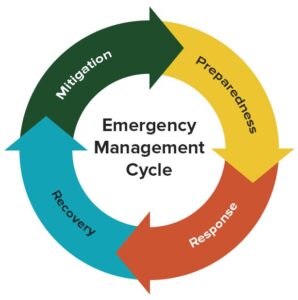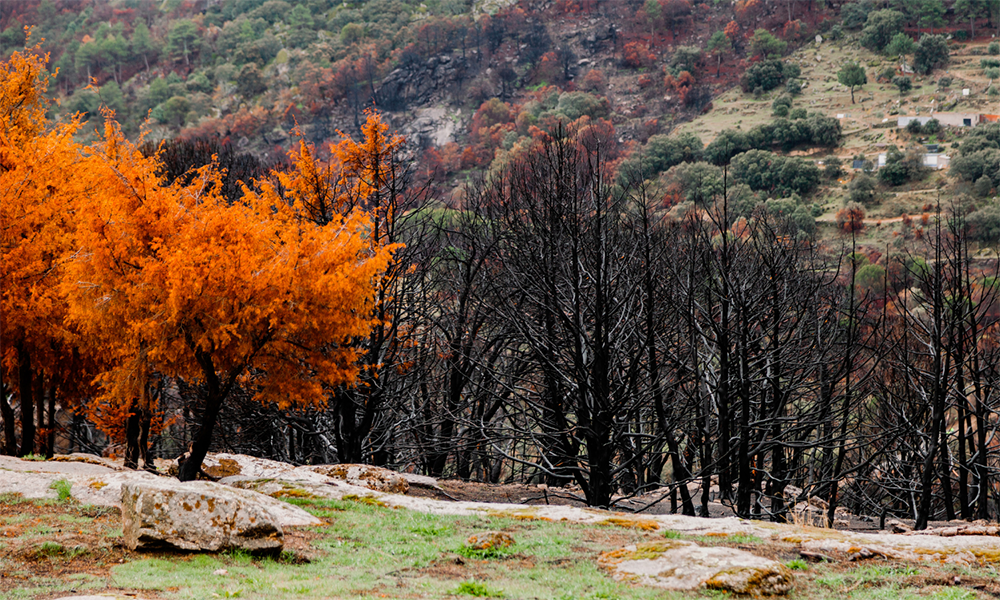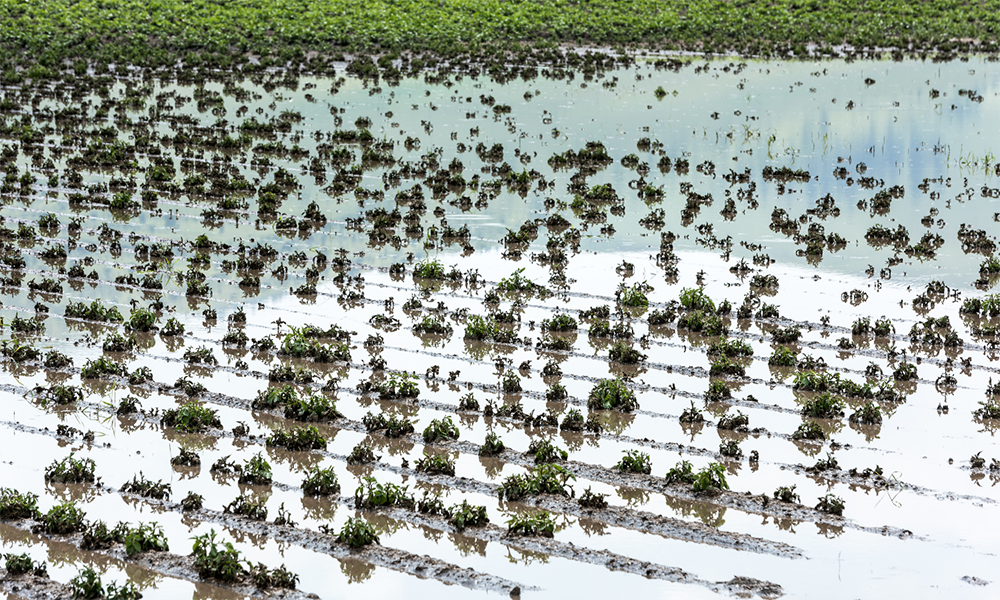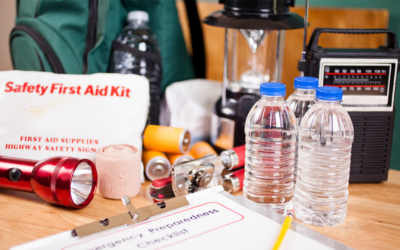How to Prepare for Any Disaster

Take an all-hazards approach to disaster preparedness
Depending on where you live in Colorado, your community could be affected by a variety of disasters or emergencies, including:
- heatwave
- forest fire
- flood
- mudslide or landslide
- tornado
- blizzard or severe winter storm
- avalanche
Although these events can be devastating, preparation can make a big difference. For this reason, both CSU and the federal government recommend an “all hazards” approach to disaster planning and preparedness. By planning for a range of possible emergencies, you’ll be more prepared to respond quickly and effectively.
The Four Phases of Emergency Management

Emergency management requires thinking about hazards that may threaten your safety at home or in your community and developing a plan. For many people, animals are an important part of their families and should be included in your preparedness plan.
Current thinking defines four phases of emergency management:
Mitigation includes activities that prevent an emergency, reduce the likelihood of an emergency occurring, or reduce the damaging effects of unavoidable emergencies. Buying flood and fire insurance for your home is one example. Removing dry shrubs, brush, and other ignition sources near your home is another.
Preparedness occurs before a disaster and includes planning and preparations made with the intent of saving lives and helping response/rescue operations. Creating an evacuation plan and stocking food/water are two examples of preparedness.
Response occurs during an emergency or disaster and includes taking actions to save lives and prevent further property damage. Seeking shelter from a tornado or evacuating to a safe location during a fire are two examples of response.
Recovery takes place after an emergency or disaster, when your community works to rebuild, repair, and return things to normal. Recovery often includes getting financial assistance and resources to help repair damaged property.
Tips for individuals and families
It’s important to prepare both your home and vehicle for an emergency, and have a plan to evacuate if necessary.
Have “Go Bags” Ready
It’s a good idea to have “go bags” (sometimes called bugout bags) for each family member that include essential items, in case you need to evacuate on short notice. These bags should contain:
- Phone and charger
- Wallet with ID, cash, and credit cards
- Copy of power of attorney and will
- Passport
- Extra pair of glasses or contacts
- Medical records
- Prescription medications
- Pain medication
- Stomach medication
- Small first aid kit
- Change of clothing
- Small toys and games for children
- Pet items
- Small toiletry kit
- Water bottle
- Non-perishable snacks
Prep Your Home
Maintain working smoke and carbon monoxide detectors in all bedrooms and living areas. Talk with your family about how to quickly and safely exit various areas of your home during a fire, and where to meet after evacuating. Keep a first aid kit at home and one in your car. Consider adding a portable power generator to your home emergency supplies or a battery power bank. Keep a map of your area available, in case web-based applications like Google Maps are no longer accessible.
Ensure that all firearms are safely secured (gun safe or locker). Store important documents in a fireproof safe.
Prep Your Vehicle
Keep a car emergency kit, including jumper cables, a flashlight or headlamp, and work gloves. Ensure that you have a functional spare tire, jack, and lug wrench. If temperatures drop below freezing in winter, include winter boots, jacket, hat, gloves, and a sleeping bag or wool blanket.
Prep for Your Pets
Have portable crates or carry containers ready for all animals. Make a plan to safely evacuate pets.
Tips for businesses
Provide a first aid kit, automated external defibrillator (AED), and basic emergency supplies for on-site employees. Install and maintain emergency lightning (in case of power outage) and illuminated exit signs with battery backup. Properly store all hazardous materials according to OSHA guidelines. Maintain and test your building’s fire alarm system. If your facility is located in an area prone to tornadoes, provide information to staff on the safest place to remain inside (away from windows).
Tips for communities
Work with your local government and/or Extension office to develop a comprehensive emergency plan for your community with guidelines and resources for implementing a Community Emergency Response Team (CERT), coordinating with groups like FEMA and the Red Cross, sheltering displaced people, and providing other types of aid.
Knowledge is your greatest resource
Disaster preparedness doesn’t just include stockpiling supplies, it also includes gathering knowledge. The more you learn about how to prepare for and respond to a variety of disasters, the better your potential outcome will be. Visit the Ready.gov Disasters and Emergencies website for more information.
Featured Emergency Preparedness Video
Featured Emergency Preparedness Posts
What to Do if Your Freezer Stops Working
With the rising costs of food, it can be a big financial burden when your freezer suddenly breaks...
10 Tips for Successful Family Meetings
Emergency situations like natural disasters can be extremely stressful for families, sometimes...
Be Prepared with a Food Checklist
Planning makes a big difference in how you can respond during an emergency. Know which types of...
Financial Emergency Preparedness
Life’s emergency situations require advanced preparation and planning. The first step is...
Chronic Illness and Preparing for Emergencies
Chronic conditions include any diagnosis that affects an individual for three or more months, and...
Tips for Talking to Kids About Wildfires
Children are not immune to the anxiety that adults may face when a wildfire hits close to home....
Emergency Water Supplies and Treatment
Access to safe drinking water is essential. The human body can survive for weeks without food, but...
Emergency Food Safety and Storage
It's important to plan ahead for emergencies such as a tornado, ice storm, flooding, blizzard,...
Disaster Planning for Pet Owners
During an emergency, animals depend on us to help keep them safe. Make sure your safety plan and...
Emergency Preparedness Starts at Home
The best way for every individual to help during an emergency situation in a community is first to...













